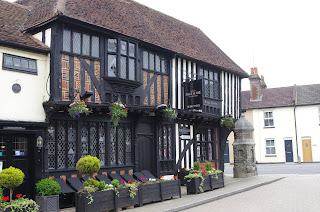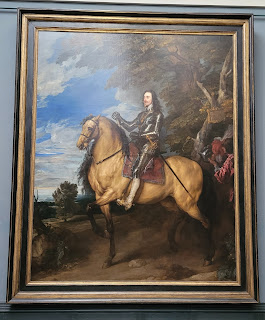Colchester

Summer 1648, the War reignites with a number of small uprisings across the country, and a Scottish Engager army cross the border. Charles is a prisoner at Carisbrooke Castle on the Isle of Wight. Colchester, and the county of Essex, which had been firmly in the grip of Parliament during the First Civil War, was slowly falling to Royalist rebels: nearby Chelmsford was in the hands of Sir Charles Lucas. Meanwhile, a failed uprising in Kent saw Kentish men flee across the Thames to join Lucas at Chelmsford. Things took a turn for the worse in Chelmsford, with some of the Essex Trained Bands declaring for the King, and Lucas was joined by Sir George Lisle and Lord Capel. Lucas's men, now numbering over 4000, marched on Colchester via Braintree. Sir Thomas Fairfax and the New Model Army were dispatched to deal with the rebels. Lucas entered Colchester and reinforced its formidable defences. Fairfax's initial assault was repulsed, and he withdrew after losing between 500-1000 men. B...


